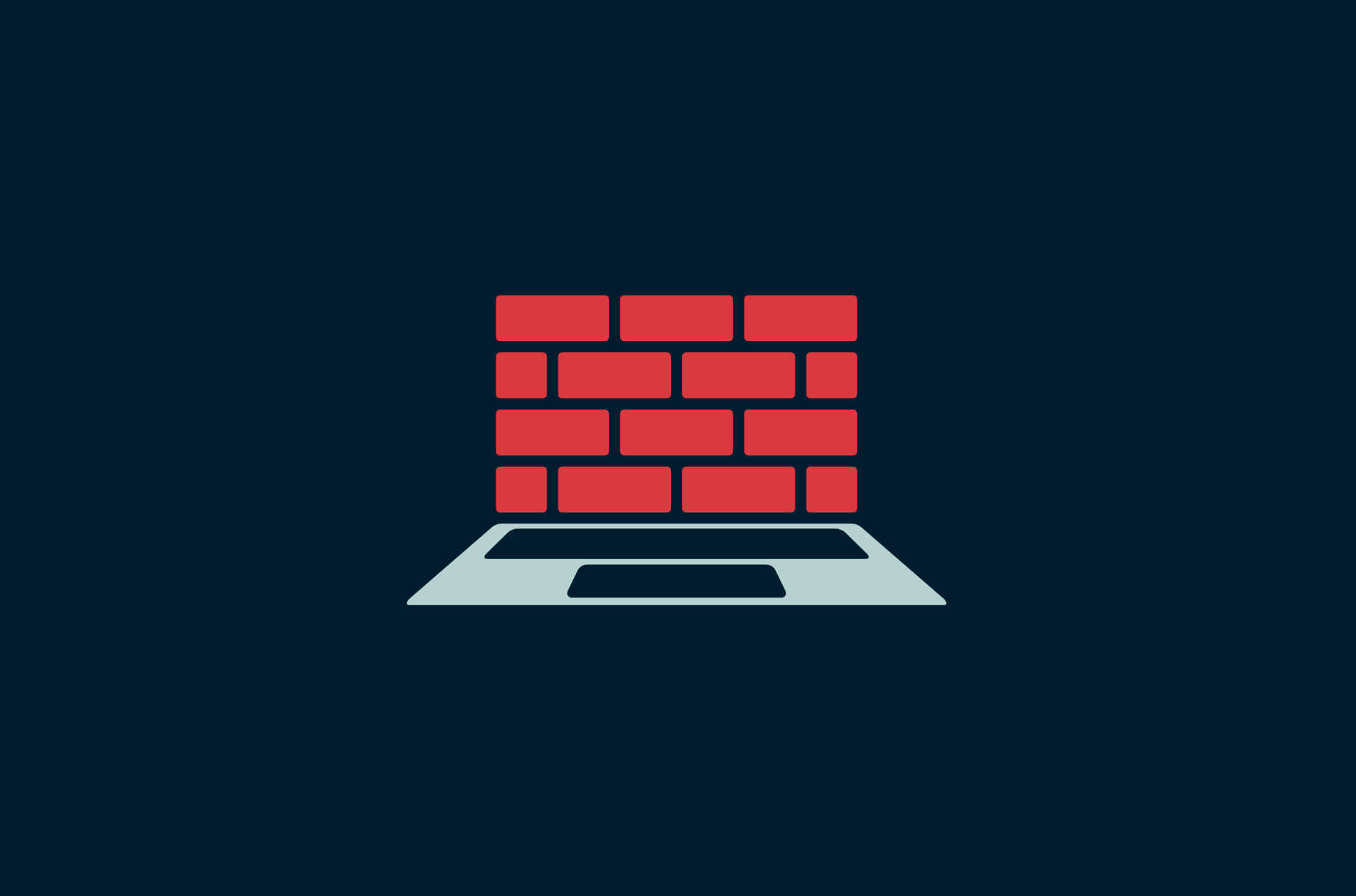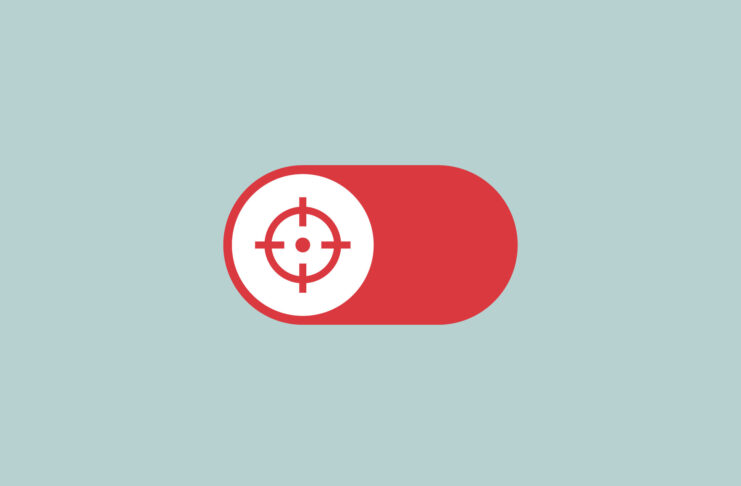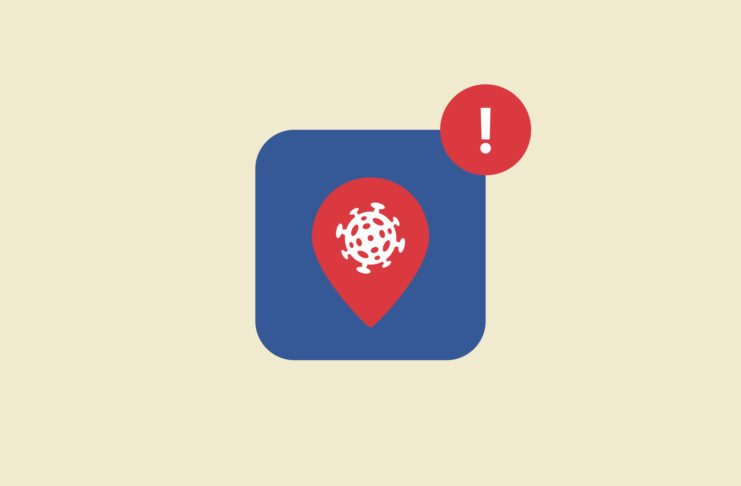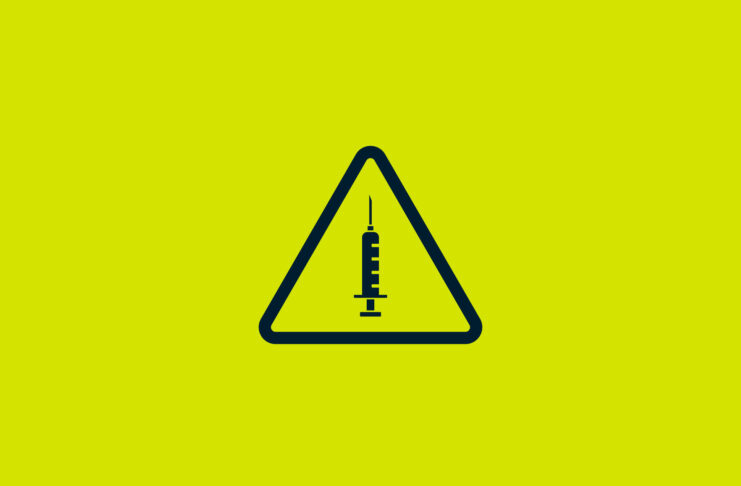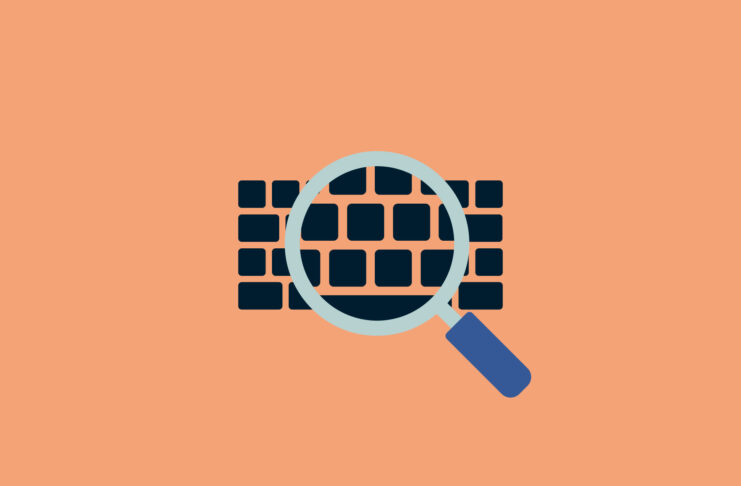This post was originally published on July 28, 2020.
It is somehow almost August, which normally signals the start of another school year for many children and university students.
While Covid-19 has thrown any semblance of such normalcy out the window, there are still countries eager to reopen schools this fall, which has stirred consternation surrounding how to do this safely in the short to medium term.
To be sure, there are some well-meaning, albeit insufficient, guidelines, involving split-scheduling, smaller class sizes, and staggered breaks to minimize the risk of the virus’s spread.
[Keep up with the latest in technology and security. Sign up for the ExpressVPN blog newsletter.]
But there have also been some rather overzealous attempts to increase mass surveillance of students under the guise of health concerns, like the recent implementation (and walk-back) of facial recognition in New York schools. This was meant to help screen students for Covid-19—it didn’t.
We’ve already seen various surveillance measures introduced across countries and cities, but what might schools consider implementing?
1. Contact-tracing apps
Perhaps the least invasive form of surveillance is contact-tracing apps, which have been adopted by several countries. Even Apple and Google joined forces to develop a contact-tracing tool earlier this year, but its adoption has been met with some justified trepidation.
Some universities, like the University of Alabama, are taking matters into their own hands by encouraging and sometimes mandating students to use a contact-tracing app developed by the universities themselves.
While there are privacy safeguards in place, there are concerns surrounding the fundamental lack of security of Bluetooth technology and how “contact” is defined. Plus, there’s no guarantee that universities won’t add on various other features like location tracking or personally identifiable information, which would undermine student privacy.
2. Increased facial recognition
Thermal scanners are becoming a more common sight when going indoors, whether it’s gyms, restaurants, or offices. There are fears that face scanners could be next.
Schools in New York were until recently keen on introducing facial recognition systems into schools, arguing that it was “even more important now that schools have to use multiple entrances to enable temperature screening as a safety measure.”
Given how flawed and biased facial recognition still is, it is alarming that schools are entertaining it as an option to monitor students at school.
3. Wearable tracking beacons
For institutions where mobile phones may not be as widely used, such as primary schools, wearable tracking beacons are being contemplated as a possible tool to see if students are practicing social distancing.
Wired found that one high school was “test(ing) a system that would require each student to wear an electronic beacon to track their location to within a few feet” and would log their position throughout the day.
It is difficult to think of something more blatantly invasive to a child’s privacy than the requirement to wear a physical tracking device when they’re at school.
4. Monitoring student behavior
Switching to online learning has required significant adjustments for educators and students alike, and it’s raised new questions about privacy. The use of Zoom and other video-conferencing apps has, for instance, triggered concerns about the security of these video apps.
Students’ loss of privacy isn’t new, with schools already tracking their online activity via mass surveillance measures. We’ve also seen an increase in the use of employee monitoring during this time of unprecedented remote working, which can just as easily be applied to surveillance on children.
With the use of activity logging, “attention-tracking” on video-conferencing apps, and other monitoring tools, the growing feeling that an employer knows everything you’re doing is stifling and, as Recode found, breeds resentment.
It is difficult to see this going any differently if similar activity tracking is implemented by schools at the same granular level as those companies.
***
Individual privacy does appear to be eroding amid attempts to control the outbreak, and we’ve written about the rapid adoption of surveillance measures without considering the privacy and security implications. These measures have a very real danger of becoming permanent.
It bears emphasizing that surveillance in all its forms changes how we think and behave, regardless of whether you’re in school or not. The physical reminders of surveillance, be it a camera, a tracking device, or a nudge from an activity-tracking app, can only serve as an additional stressor to the already-alarming prospect of returning to school during a pandemic.
It is unlikely that schools will be held to a high standard of scrutiny over the surveillance technology they use, but the retraction of facial recognition in New York schools gives some hope that, with enough pressure, such flawed and over-reaching surveillance measures can be reversed, and institutions will be held accountable for the technology they use on their students.

